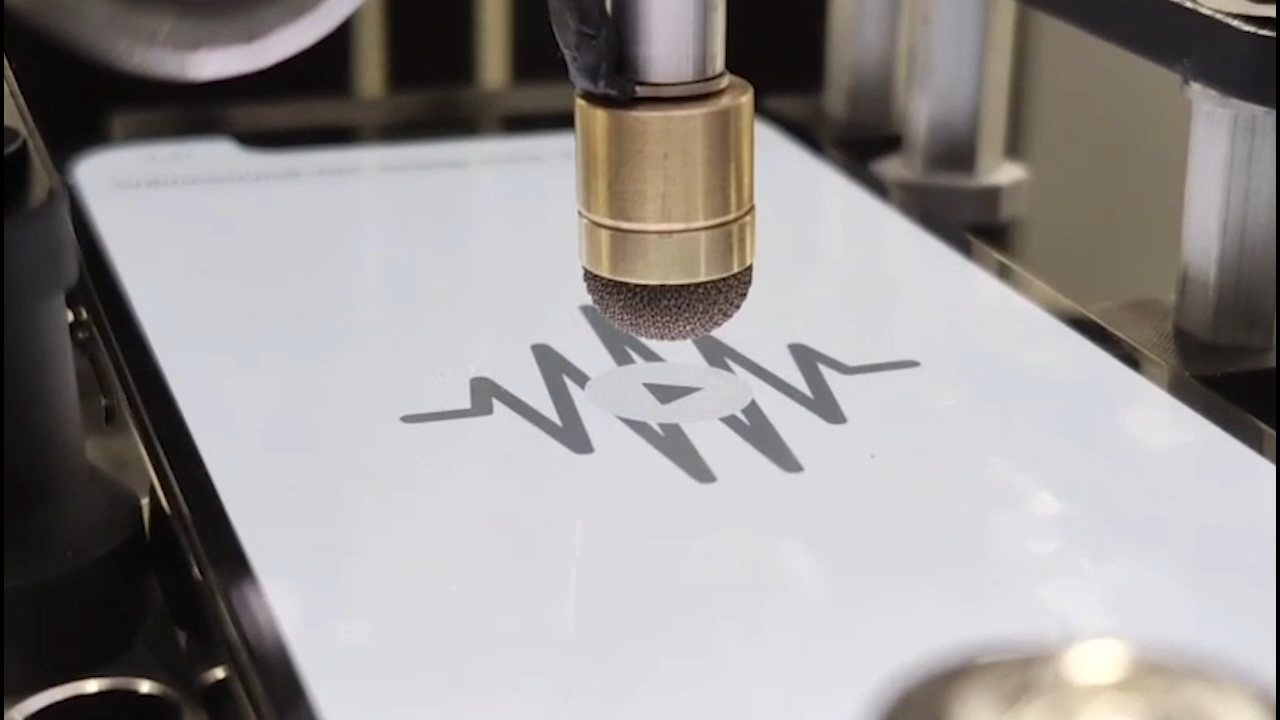
Automating the testing process of smartphones for secondary markets includes conducting preliminary device inspection and ensuring that each phone meets the necessary hardware functionality before being sold or redistributed. Often, such processes require repetitive tasks and are highly dependent on specially trained personnel, which ultimately leads to errors and inconsistencies brought into testing procedures.
MATT Robot aims to eliminate human error by automating a large part of the phone-verification process, using both rugged hardware and feature-rich software, creating a system dedicated to thoroughly testing various smartphone components and functionalities (screens, buttons, cameras, speakers, microphones, batteries, and more). Automating device quality assurance minimizes the intervention of operators, freeing them of tedious endeavors, and improving electronics refurbishment testing methods.
The described smartphone-testing setup is designed to replicate real-world interactions with each of the physical aspects of the device, ensuring all the hardware components under test are functioning correctly. To maximize the accuracy of the verification process, MATT Robot interacts with DUTs through computer vision and physically replicates user input on the touchscreen and buttons using one or multiple capacitive fingers. Additionally, peripherals like sensors or microphones are being used for the assessment of smartphone audio input-output components, haptic feedback, and vibration alerts. To reduce development time and costs, the inspection system builds on MATT’s versatility, allowing testing on various phone models, operators, and manufacturers, ensuring that it works universally across different devices.
By pairing MATT Robot with a mobile device verification app equipped with a wide range of functionality tests, processes are conducted automatically without needing constant human intervention. The operator’s role is reduced to starting and stopping the test, feeding in new devices, and handling rare exceptions. External sensors are used to gather different performance metrics (i.e. sound, vibrations), and feedback being generated by MATT. The system automates device hardware and software testing, eliminating subjectivity, reducing human error, and improving results accuracy.
MATT testing system utilizes phone inspection software to create a customized testing sequence by selecting various functionality verification stages. The smartphone is then placed in a custom cradle designed to constrain a device of any size to a repeatable position in order to be analyzed and interacted with. Once the test sequence is loaded and all sensors are calibrated accordingly, MATT detects the start screen of the mobile phone and initiates the testing procedure.
It systematically progresses through each selected stage, verifying the specified features to complete the mobile phone verification process. To accurately assess the smartphones’ performance, MATT generates detailed test reports along with feedback, indicating which test sequences have been passed or failed.
The sensors provide clear metrics for each conducted test. After each test case, reports are generated on both MATT Robot and the smartphone verification app. If the assessment software signals a test as failed, the information is cross-checked on the reports generated by MATT. When the device passes all testing stages, it is marked as functional. In case any component fails, the system flags it for further inspection or repair.
During a speaker and microphone verification test, various sound frequencies were generated to evaluate the smartphone's input and output performance. The resulting data is shown in the graphical representation of key parameters (see above) used to assess the test's success or failure, and if the smartphone meets the required quality and functionality standards.
The device testing system, featuring MATT Robot paired with a mobile device verification app, automates preliminary smartphone testing and refurbished smartphones' verification through comprehensive testing and device interaction. By utilizing external sensors, potential human bias is removed, ensuring feedback based on measurable data, and making the processes more accurate and efficient. Flexible and easy to scale, the system allows the accommodation of a wide range of phone types, models, and operating systems, addressing the diversity of devices in refurbishment environments and keeping up with the rapidly growing device secondary market.